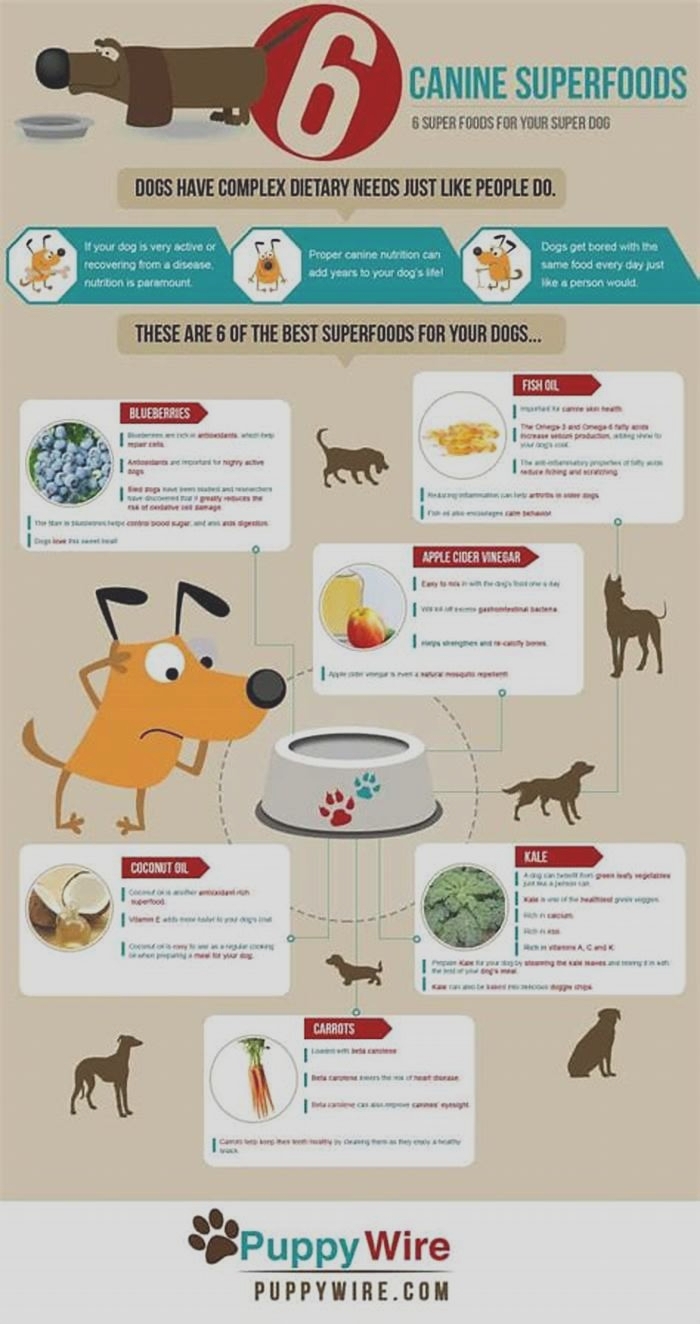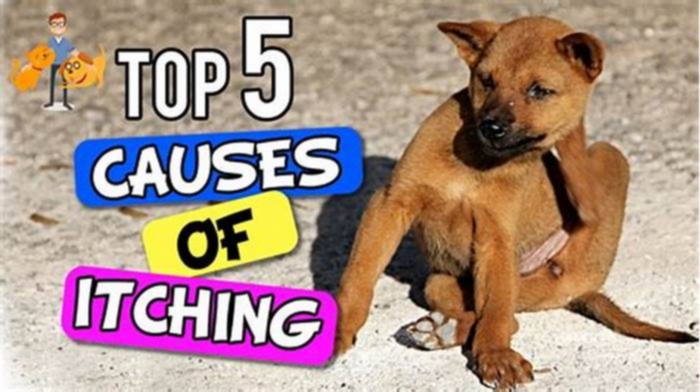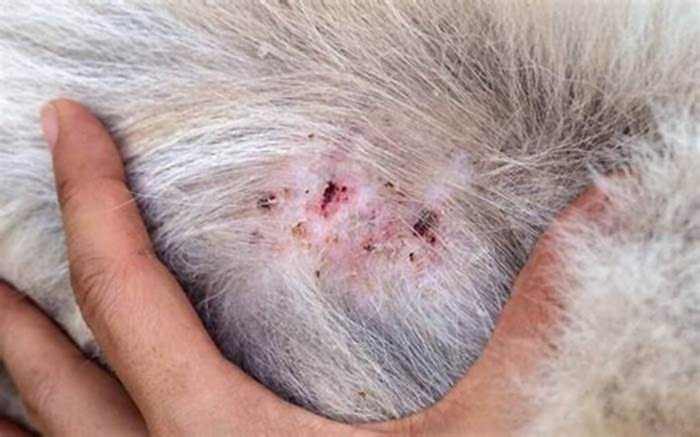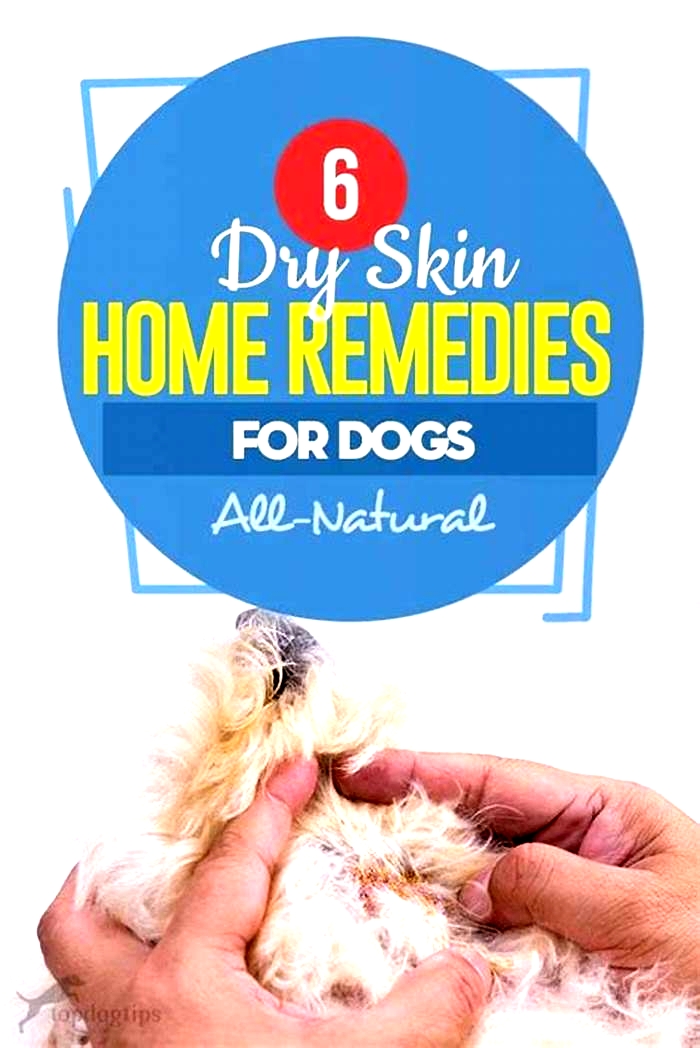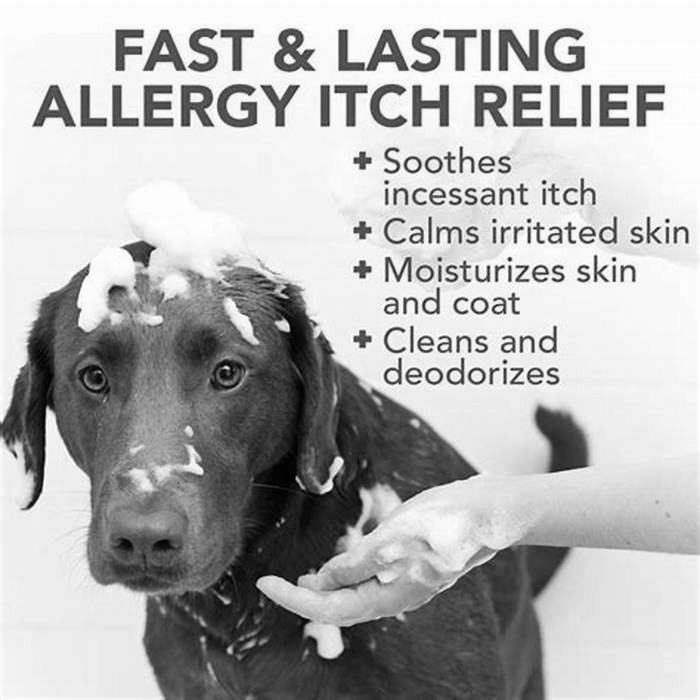What can I do for my dog that is super itchy
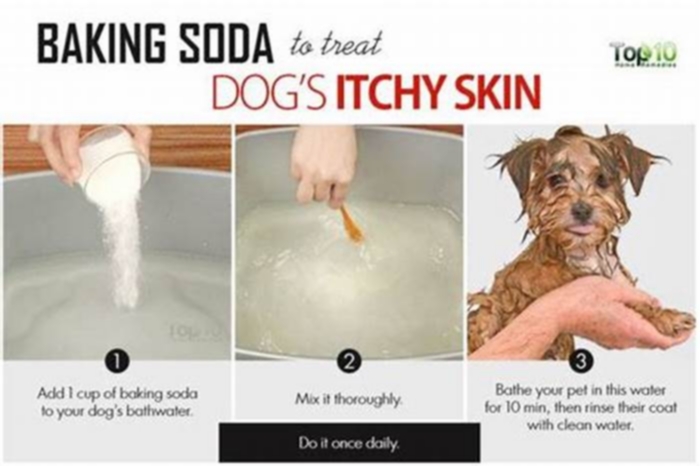
Why Is My Dog Itching So Much?
Itchy skin on a dog, also called pruritus, is a symptom of many different conditions. If your dog is itchy, they may scratch, bite, or lick an area repeatedly, or it may seem like their whole body is itchy.
Not only is this nonstop itching uncomfortable for your dog, but it can cause infections if your dog keeps scratching and licking. Heres what you need to know.
What to Check for if Your Dog Is Itching Constantly
If your dog has hives, a swollen face, lips, or eye, or is panting excessively, see your vet immediately. These could be signs of a severe allergic reaction.
Other than scratching, you may see these signs of itchy skin in dogs:
Licking
Biting
Rubbing
Hair loss
Oozing, inflamed skin
Stench
If your dogs skin is oozing or inflamed, or if you smell a strong stench, you also need to see the vet, because these are signs of infection.
Causes of Dog Itching
There are several possible reasons why your dog is excessively itching. Common reasons may include:
Bacterial or fungal infections: Bacterial or fungal infections are a common cause of pruritus, with other symptoms including oozing, inflamed skin, a strong stench, and hair loss.
Atopic dermatitis: Also called allergic dermatitis, this is often caused by an allergen from the environment, such as from pollen, dander, and plants, so it can be seasonal.
Flea allergy dermatitis: This is a type of allergic dermatitis that occurs when fleas inject saliva into a dogs body. The proteins within the saliva trigger the immune system, causing itching that typically lasts several days. Even one flea bite can cause a reaction.
Food allergies: Food allergies are often seen in dogs with year-round itching, and allergic reactions can be tested through a diet trial.
Diagnosing Itchy Skin in Dogs
Your vet will likely recommend a range of testing options, including skin scrapings and blood tests, to determine the underlying cause for itching in your dog.
Skin cytology (scrapings): This test involves analyzing a tissue sample under a microscope. The vet will look for mites or infections from bacteria or fungus, such asringworm.
Intradermal testing: In this test, a veterinarian pricks the skin with a small amount of allergen. If the area swells after a half-hour, it means your pet is allergic to that substance.
Radioallergosorbent test (RAST): A blood test used to identify environmental allergens such as pollen.
Food trial: If food is a suspected allergen, then a vet may suggest a prescription diet (or food cooked at home) without any additional treats. If itchiness subsides, then food may be the culprit.
Treatment of Dog Itching
If you leave itchy skin in dogs untreated, it may lead to new problems, such as hot spots, which are areas of inflamed skin caused by excessive licking and biting. Your pet will also be uncomfortable, and the only way to stop the itching is to see a vet to find and treat the cause.
Over-the-counter treatments should only be given under the guidance of a veterinarian. Depending on the underlying condition, your vet may recommend one of the following options to help get the itching under control:
Antibiotics: In the case of bacterial and fungal infections, antibiotics may be prescribed, often taking 21 to 30 days to fully clear skin infections.
Insect control: Removing or limiting a dogs exposure to insects can help in cases of allergic reactions to insect bites.
Prescribed diet: If food allergies are suspected, your veterinarian may recommend a special diet. This may mean trial and error to find the right food.
Steroid medications: Medications such as glucocorticoids are highly effective but can have side effects such as increased hunger and thirst; these medications are usually prescribed for short periods.
Anti-itch medication: Cyclosporine, oclacitinib, and essential fatty acids are common medications prescribed to dogs for symptom management.
Antihistamines: While using antihistamines for treating itchiness is common, studies have not established it as a reliably effective treatment for dogs.
Dog shampoos: Your vet may recommend over-the-counter dog shampoos to help with itching in the short-term.
Dog Itching FAQs
Can stress cause itching in dogs?
Yes, stress can cause short-term itching in dogs. Taking your dog for a walk or playing with them may help relieve symptoms.
How can I relieve my dogs itching?
In addition to following your veterinarians recommendation for treatment, bathing your dog can help, particularly if your dog has atopic dermatitis.
Why is my dog so itchy but has no fleas?
Itchiness can be caused by infection or allergies in the air, such as pollen, dander, or plants. You may not be able to see the fleas, or a single flea bite could have caused the reaction. Taking your dog to the veterinarian will help rule out causes and provide the necessary care.
References
Moriello, K. Itching (pruritus) in dogs. Merck Veterinary Manual. April 2022.
Pruritus diagnostics in dogs and cats. Veterinary Information Network. February 2020.
Featured Image: iStock.com/Oksana Restenko
Why Is My Dog So Itchy? Causes and 5 Remedies
Consistent itching and scratching in dogs a valid and common concern for most pet owners.
It's normal for dogs to experience some kind of skin irritation at one point or another.
But in certain cases, dog itchy skin problems can be severe and cause serious stress to your pet.
American Kennel Club says:
According to a Nationwide Survey of pet insurance data, for the tenth year in a row, allergic dermatitis was the top reason dogs were brought to the vet.
This condition can make your dog show signs of allergic itch, like frequent scratching, recurrent ear infections, and skin changes.
 If you've noticed your dog experiencing a lot of itchiness on a regular basis, it's time to take action.
If you've noticed your dog experiencing a lot of itchiness on a regular basis, it's time to take action.
In addition to speaking with your veterinarian, the below list has five things for dog itchy skin that you can do to help relieve your pet's discomfort and stop that irritating practice.
All dogs are different, and the samegoes for their skin too.
What works for one dog may not help another: for some, just a simple home remedy for itchy skin or switching to a medicated dog shampoo may suffice, while other cases may require stronger treatments.
Having a few tricks up your sleeve meansyou can soothe your itchy dogand help him feel comfortable again.
Why Is My Dog So Itchy?
Dog itchy skin can be caused by various things, some of which have been extensively researched in scientific studies.
These studies show that the most common cause is dry skin in dogs.
1 Seasonal Changes
It's more likely in extreme weather seasons, like the hottest months of summer and coldest months of winter, but there are other causes, too.
If you live in an area with consistently low humidity, you may have noticed that your dog's skin is very dry.
This can affect anywhere from a small area to a very large part of the dog's body.
The best way to avoid dry skin on dogs is to keep them well-hydrated.
Veterinarians warn that some of the causes of a dog's dry skin (of which dog itchy skin is one of the symptoms) may be very serious and dangerous to a pet's health.
Usually, if your dog's itchiness is severe and doesn't go away, you'll need to do tests at your local vet clinic to rule out any serious health conditions.
Dry skin might not seem like a big deal, but it can actually be a sign of a much larger problem in your dog. Dry skin is a symptom associated with a wide range of conditions, from allergies and parasites to serious medical disorders like Cushing's disease and hypothyroidism. AKC.org
2 Fleas
Of course, the first and most common, obvious cause of itching in dogs.
These small insects have become synonymous with the bites, rashes, and frustrating itch on dogs that comes along with such an encounter.
Dogs are especially susceptible as they are lower to the ground and closer to vegetation which is where fleas tend to wait in ambush.
The itching is known as flea allergy dermatitis and is usually caused by the fleas' saliva (Baker et al. 1975).
The saliva gets on and inside the dog's skin after being bit by the flea resulting in a hypersensitive reaction.
Extreme (and sometimes painful) itching usually occurs, along with a bite bump and some signs of dermal irritation around the wound.
The inflamed response so characteristic of flea bites can form in as little as 15 minutes from being bit to as delayed as 48 hours from being bit.
Since every dog is different in both anatomy (size, height, and weight) and physiology (how each individual responds to stress), the reaction time will vary.
But, make no mistake, it will appear sooner or later.
 Surprisingly, one of the more common species of fleas that can be found on dogs comes from cats (Durden et al. 2005).
Surprisingly, one of the more common species of fleas that can be found on dogs comes from cats (Durden et al. 2005).
The cat flea has been shown to bite more dogs than the more logical dog flea or the more typical generalist/carnivore flea.
It is theorized that since more cats (both feral and domestic) are allowed to wander outside the home, then they have a higher potential of spreading cat fleas onto dogs who hang out in areas where they once prowled.
Todays veterinarians have at their disposal a veritable arsenal of tools to fight and protect against fleas.
These flea control and treatment practices range from flea drops, flea shampoos, flea powders, flea pills,flea collars, and even flea carpet sprays for your home.
The problem with fleas is that they can reproduce at such a fast rate that its not just a matter of dealing with a single flea, but you must also deal with its buddies and all their eggs.
The first step would be to give the dog a quick bath to remove detritus and debris from its coat and skin.
This will make it tougher for fleas to hide.
Are there any scientificallyproven solutions to fleas?
Yes. There are topical creams such as selamectin.
Studies have shown that it's one of the most effective killers of fleas (McTier et al. 2000).
It is adulticidal (will kill mature fleas), ovicidal (kills flea eggs), and larvicidal (kills flea larvae).
This step must be repeated for a few days until comb counts reveal a very low to completely nil flea count.
You'll need a long-term flea preventative.
Slow-release matrix collars allow substances and compounds to be stored within them and will slowly release these over a period of time.
Take imidacloprid/flumethrin, for example, a solution that's also been proven effective against fleas and ticks on dogs (Stanneck et al. 2012).
These can be stored in dog flea collar treatments and have been shown to keep 95% of adult fleas and 99% of flea larvae off the dog for up to 8 months.
Finally, clean your home after a flea encounter.
Research how to eliminate fleas on the dog and around your house.
The process may be time-consuming, but it's absolutely necessary once you encounter fleas on your dog (they are sure to be in your home or backyard as well).
Here's a video guide on getting rid of fleas around the house and on your dog quickly and effectively.
VIDEO TEST:Comparing 3 of the Best Flea and Tick Treatments for Dogs

3 Ticks
The more dangerous parasite that's on every pet owner's mind.
Unlike fleas, ticks have become synonymous with disease and death in both dogs and humans.
While some may claim that it is merely Lyme hysteria, the fact remains that Lyme disease is very real and is transmitted by ticks.
If the answer to your question, Why is my dog itching happens to be ticks, it will likely cause a bit of panic.
Besides Lyme disease, ticks are also a vector of a host of other diseases.
Southern tick-associated rash illness (STARI), Rocky Mountain spotted fever (RMSF), ehrlichiosis, and tularemia can also be carried by ticks.
Besides the rashes and itching that are indicative of their presence, they can also bring with them fever, chills, aches, and pain.
The uninformed may say that deer ticks (known to carry Lyme disease usually) are only found in the cold deep woods or some remote back-country; however, there is scientific evidence to suggest that disease-carrying ticks can now be found in temperate zones and urban centers, and much more commonly in the US (Shaw et al. 2001).
This is a cause of considerable concern, as the range of ticks is effectively widening to include areas where they were not normally found.
Much like fleas, ticks easily find their ways onto dogs due to canine's proximity to the ground and brush, as well as dog hair providing an easy attachment point.
While it may be logical to think that the majority of ticks would be concentrated on the legs, shoulders, and muzzle of the dog, it has been observed that ticks are pretty much evenly distributed over the entire body.
However, studies have shown that flea larvae are usually found in the dog's ears, which are moist and sheltered (Kosch 1982).
 Ticks are parasites.
Ticks are parasites.
They feed off the host, the dog in this case, and infection management and treatment would greatly benefit from understanding not only the life cycle of the flea but also the ecological condition in which they thrive (Dryden et al. 2004).
Treatment for ticks is a bit trickier than you would think.
There are several species of ticks, and each can carry a different disease than the other.
There is no blanket treatment when it comes to ticks on your dog, and each case must be dealt with on an individual basis.
The main step to take would be to prevent getting your dog bit by ticks in the first place.
But if a tick has already bitten your dog, are there any scientifically proven solutions to deal with a tick bite?
Fortunately, yes there are.
In the event of a tick bite, studies have shown that a combination of imidacloprid and permethrin has a far greater effect in treating tick bites than the combination of fipronil and methoprene (Otranto et al. 2005).
While this form of treatment may exist, the best way to reduce the chances of your dog acquiring a tick-borne disease is to regularly check your dog, especially after spending time outdoors.
Use a tick-removing tool to carefully remove ticks from your dog when you find them on him.
Speak with your veterinarian to see if there are any tick-borne diseases in your area and any areas where you may be visiting and exploring with your dog.
And while youre at it, talk to your vet about tick preventatives.
There are several products in the market that were designed to ward away ticks.
FULL GUIDE:How To Remove A Tick From A Dog
4 Allergic Environmental Dermatitis
There are more sources of it than you may think.
Dogs exposed to mites in the environment often bring about an allergic reaction that causes them to itch uncontrollably.
This condition has been dubbed canine atopic dermatitis, or CAD, and has been studied extensively over the last decade (Hill et al. 2001).
However, while exploring this condition, researchers have noticed that it is not only mites that trigger cAD but also other allergens such as house dust, pollen, mold spores, and different antigens.
If you suffer from allergies, you know how frustrating it can be to deal with.
Now imagine that same feeling, only you are not able to convey it to anyone besides scratching.
This is how dogs with canine atopic dermatitis feel.
Are there any science-based treatments for this?
Yes. Dextromethorphan, an oral medication, has been shown in studies with dogs to have significant effects on decreasing licking, chewing, and biting of themselves (Dodman et al. 2004).
Used in conjunction with some slight canine behavior modification, the use of Dextromethorphan has been observed to be an effective means of managing the effects of cAD.
Furthermore, an AVMA study has observed that Triamcinolone acetonide topical solution (TTS), a topical spray, can be used to decrease the inflammation that often comes with this form of canine dermatitis (DeBoer et al. 2002).
With few and no more than mild side effects, TTS is an effective short-term way to decrease inflammation, itching, and scratching that allergen-based dermatitis brings to the life of your pet.
5Canine Nutritional Dermatitis
What many pet owners still do not suspect.
 It may be as simple as the food you're feeding your dog; however, many dog owners would never even consider this as a possible cause of itching in dogs.
It may be as simple as the food you're feeding your dog; however, many dog owners would never even consider this as a possible cause of itching in dogs.
Where allergen-based dermatitis in dogs is inflicted by the external world, nutritional dermatitis occurs when a dog's system is afflicted by something he has ingested.
Other symptoms of canine allergies can include:
- itchy, red eyes
- runny nose
- sneezing
- itchy ears
- frequent ear infections
- diarrhea
Food allergies are not unique to humans.
Dogs can also display sensitivity to different types of foods, and in turn, this causes what is known as nutritional dermatitis.
There is no broad-stroke definition or list of foods to avoid, as nutritional dermatitis can be triggered by different foods, depending on the dog.
While there are labeled hypoallergenic dog food brands, none of them are actually 100% hypoallergenic for dogs.
I recommend you read this article from our DVM to understand why they aren't.
Instead, because we can't avoid feeding dogs food altogether, we need to understand what causes the allergic reaction in dogs and then block it.
We know that allergic reactions usually trigger a histamine release in dogs which causes inflammation, redness, swelling, and itching.
So, battling nutritional dermatitis in dogs is a matter of managing or preventing histamine release.
How do you manage or prevent histamine release in dogs?
One of the best ways to do this is by using conjugated linoleic acid (CLA), which has been observed in studies to significantly inhibit the effects brought upon by the release of histamine (Bloom 2008).
This is one of the most effective ways to deal with nutritional allergies and topic dermatitis in dogs.
Alternatively, the oral intake of probiotic Lactobacillus rhamnosus strain GG reduces the allergic reactions brought upon by this form of dermatitis (Marsella 2009).
This has been observed in many human trials as well.
Moreover, there are other benefits of giving probiotics to dogs, all of which are related to significant health improvements through the canine's gut flora and microbiota.
That would be your cue to get to the veterinarian immediately.
If you're dealing with itchy dog skin, there are five proven methods to help you both.
5 Remedies to Treat Your Dog's Itchy Skin

1. Try Baking Soda First
A natural itch remedy for pets is baking soda.
Baking soda is great because it's versatile and is usually something you already have on hand.
It's very cheap and an easy option if your pet is suddenly attacked with severe scratching.
People have been using baking soda to relieve itchiness for centuries.
For bug bites or concentrated areas of irritation in your dog, you can make a baking soda paste with water, which is very simple.
After that, just put a thick layer of this paste over the irritated areas on your dog's skin and let it sit for about 20 minutes.
Hang out with your pooch so he doesn't try to lick the mixture, rendering it ineffective.
After waiting, rinse it off with water. There should be no more dog itchy skin after that.
For dogs that have itchiness problems all over their bodies, prepare a slightly warm bath.
Add one cup of baking soda to the tub and mix it into the water.
Place your dog in the water and let him soak for a bit.
Make sure you pour the water over his entire body for the best benefit.
You can gently massage the coat.
2. Hydrocortisone Cream Is Often Effective
 If the itching is due to a bug bite or allergic reaction, hydrocortisone (HC) cream can be a good solution to relieve your dog from itchiness.
If the itching is due to a bug bite or allergic reaction, hydrocortisone (HC) cream can be a good solution to relieve your dog from itchiness.
HC should not be used on a regular basis for something like dry skin on dogs, as a tolerance can build up, and its effectiveness will be reduced.
Hydrocortisone is a very popular product for various skin inflammation and itching conditions in dogs, and it's often used as a dog ear infection treatment.
This cream can be purchased over the counter, and you can use the same kind as humans do.
However, there are certainbrands of hydrocortisone cream that are designed specifically for dogsand are available forpurchase.
All you have to do with the cream is to put a small amount on the affected area of your pup's skin and rub it in gently for a few seconds.
Be aware that your pooch may decide to lick off the creamand can still scratch the area.
Stay with your dog to keep him from licking off the cream for now.
When you're using any type of topical treatment for dog itchy skin, it's always a good idea to keep an eye on them and try to encourage the dog to leave the area alone to let the medicine work.
It also may be dangerous for pets to consume those products.
3. Brush Your Dog Regularly
 It's a simple and easy trick that's very effective for dog itchy skin.
It's a simple and easy trick that's very effective for dog itchy skin.
It's also possibly the cheapest method on the list.
If your pet has dry skin and dandruff trouble, a great brushing session is in order.
Knocking out all your dog's loose fur will let your pet's skin receive better airflow, reducing scratching.
Brushing also removes dander, a common allergen and irritant.
The brushing action will spread your dog's natural oils throughout his fur, making it less likely for him to have one specific irritated area.
Many dog owners found this to be the reason for their dog's skin irritation and itchiness, and it would often go away after a good grooming session.
Brushing your Fido regularly will also stimulate his skin and increase blood flow to the area.
This can help the area clear itself out and heal.
Brushing one spot will remove any knots and tangles that have built up, that may have been causing irritation.
Finally, most dogs love being brushed, especially when they're itchy.
When brushing your dog, you always want to be gentle.
Brushing too hard can pull fur, break the hairs, or even scratch the skin, leading to further problems and itchiness.
RELATED:The Best Dog Brush to Relieve Itchiness
4. Give Him an Oatmeal Bath
 Yes, oatmeal.
Yes, oatmeal.
For dog itchy skin, one of the first things to try is oatmeal.
The reason for that is due to oatmeal being very naturally soothing on the dog's skin and coat, and it's also easy to find.
Simply prepare a slightly warm bath for your pet using oatmeal.
You can use regular oatmeal from the grocery and grind it up at home, or buy oatmeal specifically designed for bathing.
Either way, pour the oatmeal into the tub and then let your dog soak for a bit. It'll be an instant relief for your dog's itchy skin.
If you need more convenience, try using an oatmeal dog shampoo or even an effective pet conditioner for dogs.
This is also a good choice for dogs with chronic itching problems.
Using oatmeal-based products not only provides your pup with relief but it also helps you know you aren't using something they may have a reaction to.
Alternatively, you can also make your own homemade dog shampoo.
It's pretty simple, and many owners choose to do it themselves.
It saves you a little money; you also know what type of ingredients you're putting there and that they're safe for your canine.
However, other commercially made dog shampoos that are safe, organic, and natural may be a better option since they also use specific ingredients to treat itchiness and dry skin problems in dogs.
Make sure you know which type of dog shampoo your pet needs.
5. Try Antihistamines as a Last Resort
 The final option on the list for dog itchy skin is something more harsh.
The final option on the list for dog itchy skin is something more harsh.
For really severe itching, over-the-counter antihistamines may be the only solution.
This is going to be something like Benadryl.
Costco's brand Kirkland sells the most popular and cost-effective antihistamines that many owners use for their dogs' and cats' allergies.
Benadryl for dogs is considered a medication that may affect your pets in different (unpredictable) ways.
Thus, it's best for you to contact your veterinarian before administering a pill or liquid of Benadryl.
Although Benadryl is generally safe for dogs, the correct dosage is crucial.
The most common dosage for something like Benadryl is .05-1 mg per pound of dog's body weight, according to PetMD.
This means you may need children's varieties of the medication since most human Benadryl tablets are stronger and bigger. You can also break a tablet in half as needed.
Only give your dog a dose of Benadryl every 8 hours.
This medication is likely to make him a bit sleepy and loopy; keep an eye on the dog to make sure he is doing fine and stays safely indoors.
My Dog Has Itchy Skin: Key Takeaways
- Itching in dogs is most frequently caused by parasites like fleas and ticks, allergies, skin conditions, stress, and hormonal abnormalities.
- One of the most typical causes of skin irritation in dogs is food allergies. Pay attention to what your dog eats.
- Our furry friends can benefit from using oatmeal, which has been used for centuries to treat dry, itchy skin. It is a common active ingredient in dog hypoallergenic shampoos, helping to calm and combat irritation.
My Dog Has Itchy Skin: Before You Go
In conclusion, we must recognize that dog itchy skin is common all dogs scratch at some point, it's part of being a pup.
But if your pet is excessively itching and biting his skin and fur, it may be time to find some effective solutions to deal with this.
The above-mentioned methods are likely to help 99% of dogs to relieve itchiness and feel more like their usual self.
If none of the above solutions worked, or if your pet's condition worsens, contact your veterinarian as soon as possible.

